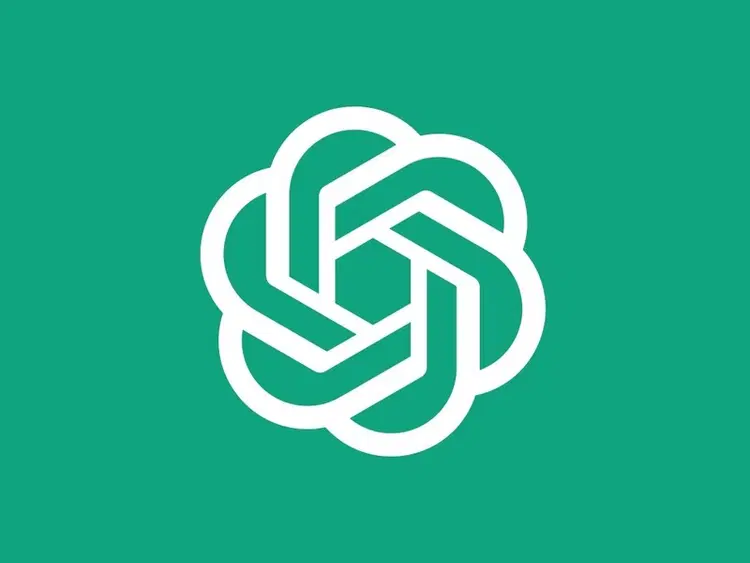OpenAI continues to push the boundaries of artificial intelligence with its latest advancements in image generation, significantly enhancing ChatGPT's visual creation capabilities. The integration of the GPT-4o model marks a significant leap, offering users more realistic and nuanced image generation than ever before. This breakthrough not only improves the quality of AI-generated visuals but also broadens the scope of practical applications across various industries.
One of the key improvements lies in the enhanced realism and detail of the generated images. GPT-4o excels at creating visuals that closely resemble real-world scenes and objects, addressing previous limitations in AI models, such as unnatural textures or inaccurate lighting. This level of realism is crucial for applications in fields like marketing, advertising, and even virtual reality, where immersive and believable visuals are essential.
Furthermore, GPT-4o demonstrates a remarkable ability to accurately render text within images. This capability overcomes a common challenge in AI image generation, where text often appears distorted or nonsensical. With GPT-4o, users can create images with clear and legible text, opening up new possibilities for generating infographics, posters, and other visual materials that require the seamless integration of text and imagery.
Another notable advancement is GPT-4o's improved understanding and execution of complex prompts. The model can now follow nuanced instructions and handle intricate scenes with multiple objects, ensuring that the generated images align closely with the user's intent. OpenAI claims that GPT-4o can accurately draw up to 20 different items specified by the user. This enhanced prompt handling allows for greater creative control and enables users to generate more specific and customized visuals.
The integration of image generation into ChatGPT offers a seamless and intuitive user experience. Users can now generate images directly within the ChatGPT interface by simply describing their vision in natural language. ChatGPT acts as a brainstorming partner, helping users refine their prompts and iterate on their ideas. This conversational approach to image generation makes the process more accessible and user-friendly, eliminating the need for specialized skills or technical knowledge.
OpenAI has also made its image generation model accessible through its API, allowing developers and businesses to integrate the technology into their own applications and platforms. This broader access opens up new avenues for innovation and allows for the creation of AI-powered tools and services across various industries. For example, e-commerce businesses can use the API to generate product images, while marketing teams can create social media content at scale.
Looking ahead, the future of AI image generation holds even more exciting possibilities. Future models are expected to offer even greater realism, enhanced customization options, and improved integration with other creative tools. AI is also poised to play a greater role in interactive art, generating visuals that respond to user input or environmental conditions. As AI image generation technology continues to evolve, it has the potential to revolutionize the way we create and interact with visual content.
It is important to acknowledge the ethical considerations surrounding AI image generation. As the technology becomes more advanced, it is crucial to address issues such as copyright infringement, misuse, and the creation of misleading content. OpenAI has implemented safeguards to prevent the generation of inappropriate or harmful images, and the company is committed to responsible development and deployment of its AI technologies.

















